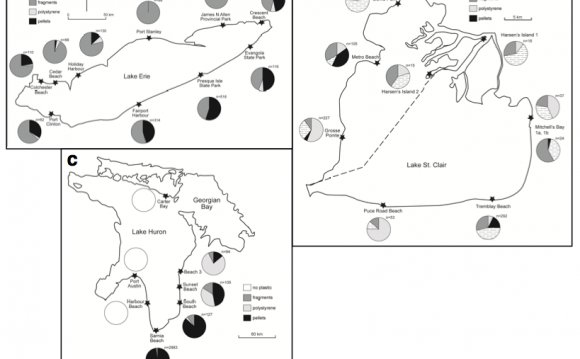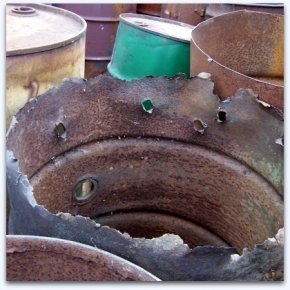
 By IJC intern Louie Bruni, University of Windsor
By IJC intern Louie Bruni, University of Windsor
IJC intern Nicole Frantz, University of Waterloo
A novel pilot program has documented successful reductions to toxic chemical discharges and emissions– including huge cuts in mercury and dioxins – from sources surrounding Lake Superior. The results provide a template for similar toxic reduction programs in other Great Lakes.
The success was born out of a 1990 challenge from the IJC to the governments of the U.S. and Canada to virtually eliminate emissions and discharges of some persistent toxic substances into Lake Superior. The governments responded in 1991 by creating the Lake Superior Binational Program involving federal, provincial, and state governments that surround the basin.
Known as “The Nine, ” these pollutants include four pesticides and commonly-known contaminants like mercury, DDT, and PCBs (polychlorinated biphenyls). A 20-year plan was mapped out with the goal of zero discharge of The Nine by 2020.
Thus far, levels of all of The Nine have fallen since program launch. Basin-wide, mercury releases have dropped 80 percent and dioxins have dropped 85 percent. The amount of DDT and other banned pesticides around Lake Superior also has dropped significantly since 2001. As well, new regulations and policies are working to reduce the presence of the targeted pollutants.
 But there is more to do.
But there is more to do.
One of the biggest future challenges for mercury reduction is taconite mining in Minnesota’s iron range, although the industry has committed to a 75 percent reduction by 2025. The Lake Superior Binational Forum held public meetings in 2013 which produced responsible mining recommendations, in line with Zero Discharge program goals. Another contributor to mercury contamination is coal-fired power plants, the largest of which are showing significant decreases in mercury emissions in the Great Lakes region. The province of Ontario has eliminated coal-fired power plants entirely.
The Lake Superior shoreline. Credit: Carri Lohse-Hanson.
“Like a manufacturer strives for zero defects or an employer has a goal of zero injuries, we have a goal of zero discharge, ” says Carri Lohse-Hanson, Lake Superior Binational coordinator. “Defects, injuries and discharges inevitably happen, but what matters is how close can we get to the goal of zero.” Hanson, of the Minnesota Pollution Control Agency, has worked on the Zero Discharge program since 1992.
Meeting the 2020 targets does not come without challenges. After a 10- year decline, mercury concentrations appear to be on the rise in Lake Superior trout, and increased mining and other development are challenging future reductions. As well, new contaminants just now appearing on scientists’ radars are beginning to pose concerns about water quality. These include toxic substances in personal hygiene products, pharmaceuticals, and flame retardants.
Continuing reductions in mercury deposited in Lake Superior also will require action to control global sources, such as coal-fired power plants in Asia whose mercury emissions are transported long distances to the Great Lakes.
Initial successes of the Zero Discharge program came from plucking “low-hanging fruit, ” such as cleaning up and containing concentrated areas of pollutants and engaging the public and policymakers in programs to reduce or eliminate the use of dangerous products.
YOU MIGHT ALSO LIKE












